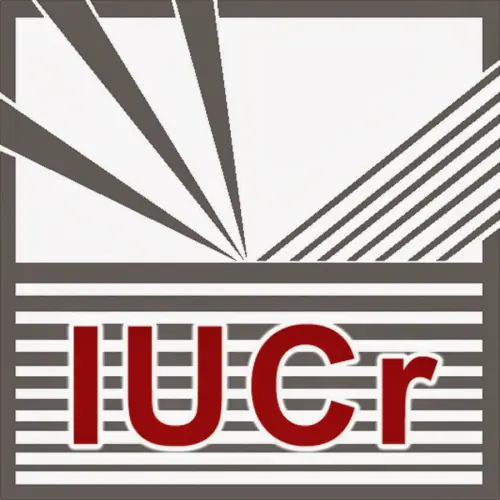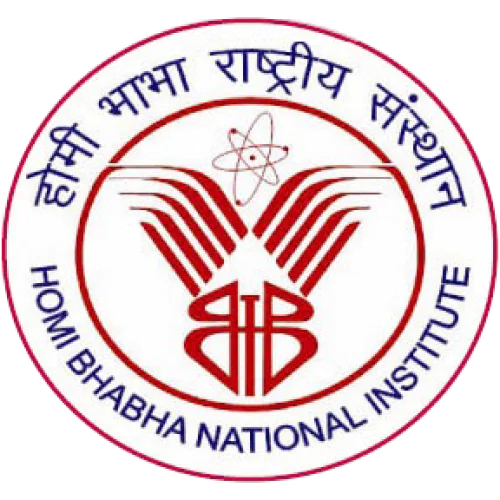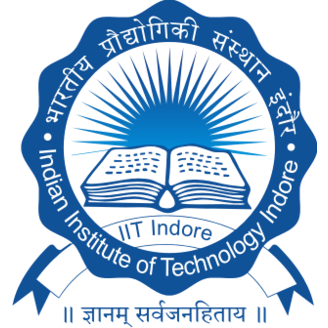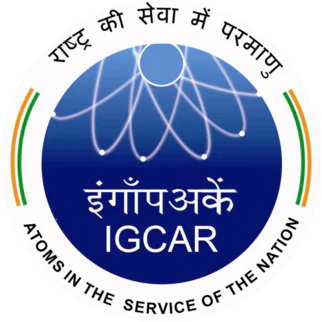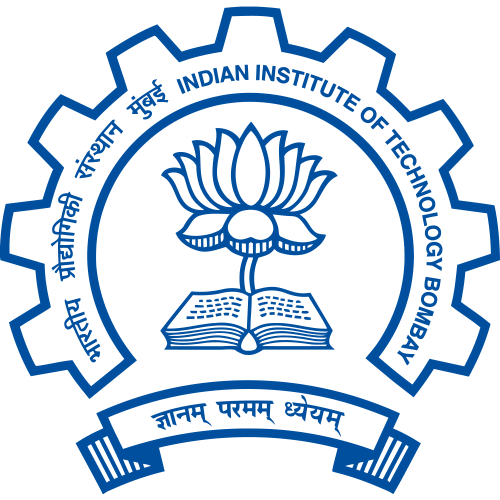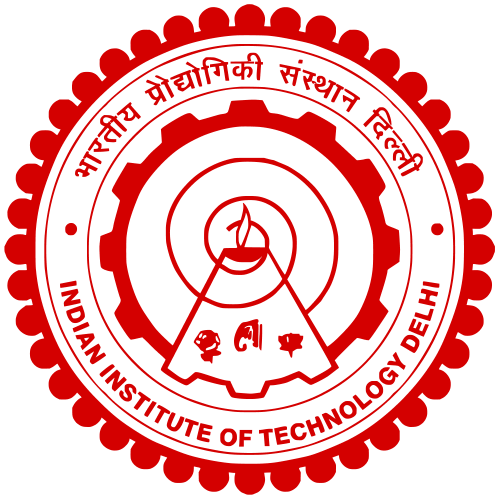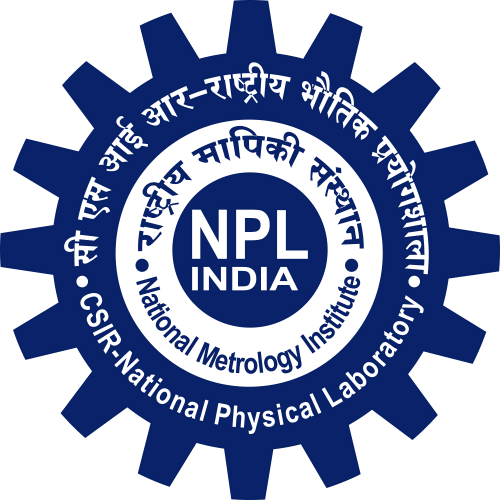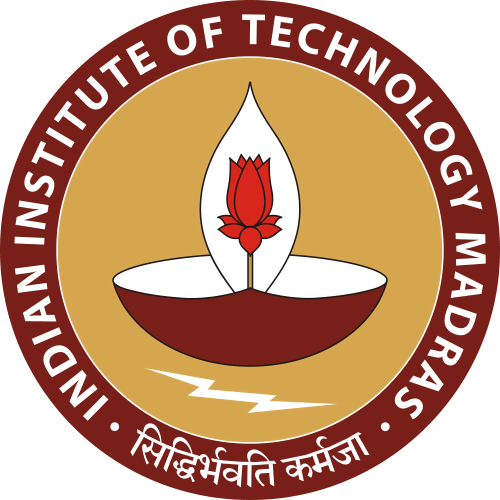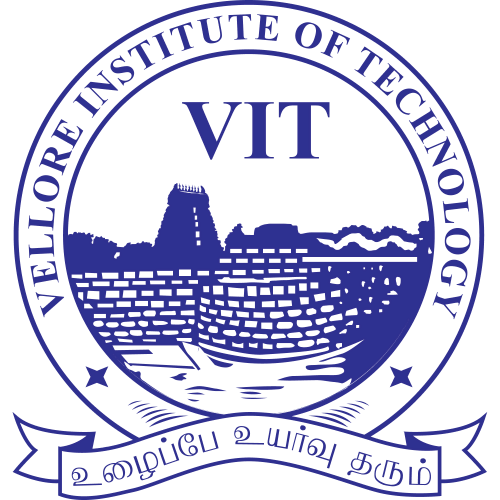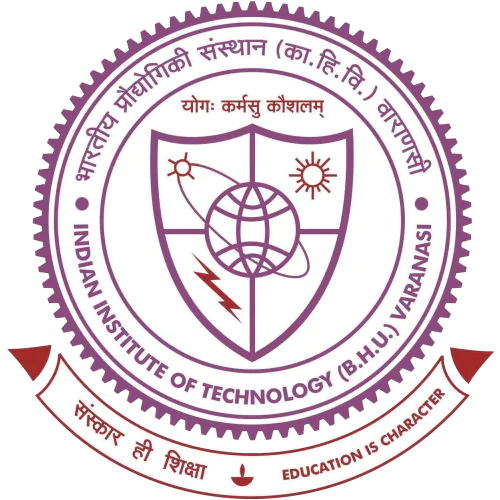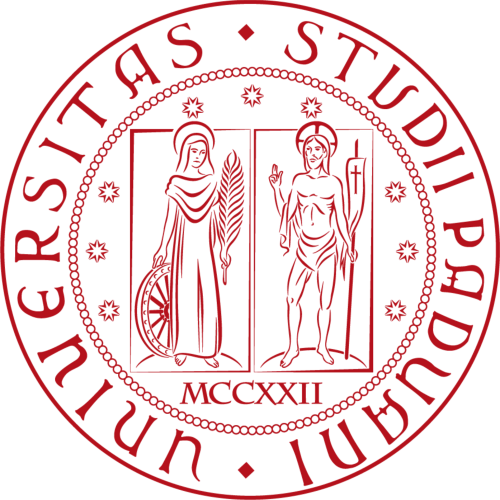Raja Ramanna Centre for Advanced Technology
Are you a researcher?
Create a profile to get free access to personal recommendations for colleagues and new articles.

Publications
3 315
Citations
48 745
h-index
79
Top-3 journals

Journal of Applied Physics
(163 publications)

AIP Conference Proceedings
(128 publications)

Journal of Alloys and Compounds
(90 publications)
Top-3 organizations
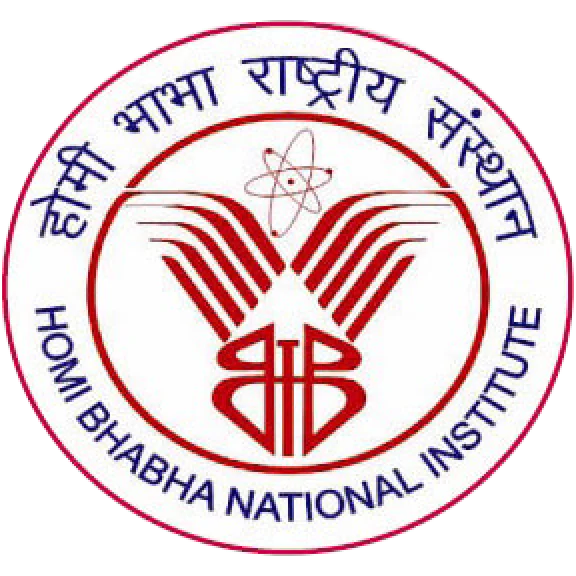
Homi Bhabha National Institute
(1130 publications)

Bhabha Atomic Research Centre
(443 publications)

UGC-DAE Consortium for Scientific Research
(364 publications)
Top-3 foreign organizations

Sorbonne University
(32 publications)

Deutsches Elektronen-Synchrotron
(31 publications)

Monash University
(22 publications)
Most cited in 5 years
Found
Nothing found, try to update filter.
Found
Nothing found, try to update filter.
Since 2002
Total publications
3315
Total citations
48745
Citations per publication
14.7
Average publications per year
132.6
Average authors per publication
12.52
h-index
79
Metrics description
h-index
A scientist has an h-index if h of his N publications are cited at least h times each, while the remaining (N - h) publications are cited no more than h times each.
Top-30
Fields of science
|
100
200
300
400
500
600
700
800
|
|
|
Condensed Matter Physics
|
Condensed Matter Physics, 759, 22.9%
Condensed Matter Physics
759 publications, 22.9%
|
|
Electronic, Optical and Magnetic Materials
|
Electronic, Optical and Magnetic Materials, 586, 17.68%
Electronic, Optical and Magnetic Materials
586 publications, 17.68%
|
|
General Physics and Astronomy
|
General Physics and Astronomy, 513, 15.48%
General Physics and Astronomy
513 publications, 15.48%
|
|
Atomic and Molecular Physics, and Optics
|
Atomic and Molecular Physics, and Optics, 467, 14.09%
Atomic and Molecular Physics, and Optics
467 publications, 14.09%
|
|
Electrical and Electronic Engineering
|
Electrical and Electronic Engineering, 439, 13.24%
Electrical and Electronic Engineering
439 publications, 13.24%
|
|
General Materials Science
|
General Materials Science, 425, 12.82%
General Materials Science
425 publications, 12.82%
|
|
Materials Chemistry
|
Materials Chemistry, 321, 9.68%
Materials Chemistry
321 publications, 9.68%
|
|
General Chemistry
|
General Chemistry, 299, 9.02%
General Chemistry
299 publications, 9.02%
|
|
Instrumentation
|
Instrumentation, 271, 8.17%
Instrumentation
271 publications, 8.17%
|
|
Mechanical Engineering
|
Mechanical Engineering, 258, 7.78%
Mechanical Engineering
258 publications, 7.78%
|
|
Mechanics of Materials
|
Mechanics of Materials, 258, 7.78%
Mechanics of Materials
258 publications, 7.78%
|
|
Surfaces, Coatings and Films
|
Surfaces, Coatings and Films, 231, 6.97%
Surfaces, Coatings and Films
231 publications, 6.97%
|
|
Physical and Theoretical Chemistry
|
Physical and Theoretical Chemistry, 189, 5.7%
Physical and Theoretical Chemistry
189 publications, 5.7%
|
|
Metals and Alloys
|
Metals and Alloys, 177, 5.34%
Metals and Alloys
177 publications, 5.34%
|
|
Physics and Astronomy (miscellaneous)
|
Physics and Astronomy (miscellaneous), 146, 4.4%
Physics and Astronomy (miscellaneous)
146 publications, 4.4%
|
|
Surfaces and Interfaces
|
Surfaces and Interfaces, 145, 4.37%
Surfaces and Interfaces
145 publications, 4.37%
|
|
Nuclear and High Energy Physics
|
Nuclear and High Energy Physics, 143, 4.31%
Nuclear and High Energy Physics
143 publications, 4.31%
|
|
Spectroscopy
|
Spectroscopy, 116, 3.5%
Spectroscopy
116 publications, 3.5%
|
|
General Engineering
|
General Engineering, 83, 2.5%
General Engineering
83 publications, 2.5%
|
|
Inorganic Chemistry
|
Inorganic Chemistry, 82, 2.47%
Inorganic Chemistry
82 publications, 2.47%
|
|
Industrial and Manufacturing Engineering
|
Industrial and Manufacturing Engineering, 69, 2.08%
Industrial and Manufacturing Engineering
69 publications, 2.08%
|
|
Analytical Chemistry
|
Analytical Chemistry, 66, 1.99%
Analytical Chemistry
66 publications, 1.99%
|
|
Ceramics and Composites
|
Ceramics and Composites, 64, 1.93%
Ceramics and Composites
64 publications, 1.93%
|
|
Radiation
|
Radiation, 59, 1.78%
Radiation
59 publications, 1.78%
|
|
General Medicine
|
General Medicine, 54, 1.63%
General Medicine
54 publications, 1.63%
|
|
Nuclear Energy and Engineering
|
Nuclear Energy and Engineering, 47, 1.42%
Nuclear Energy and Engineering
47 publications, 1.42%
|
|
Biophysics
|
Biophysics, 46, 1.39%
Biophysics
46 publications, 1.39%
|
|
Engineering (miscellaneous)
|
Engineering (miscellaneous), 46, 1.39%
Engineering (miscellaneous)
46 publications, 1.39%
|
|
Organic Chemistry
|
Organic Chemistry, 42, 1.27%
Organic Chemistry
42 publications, 1.27%
|
|
Biochemistry
|
Biochemistry, 42, 1.27%
Biochemistry
42 publications, 1.27%
|
|
100
200
300
400
500
600
700
800
|
Journals
|
20
40
60
80
100
120
140
160
180
|
|
|
Journal of Applied Physics
163 publications, 4.92%
|
|
|
AIP Conference Proceedings
128 publications, 3.86%
|
|
|
Journal of Alloys and Compounds
90 publications, 2.71%
|
|
|
Pramana - Journal of Physics
84 publications, 2.53%
|
|
|
Physical Review B
84 publications, 2.53%
|
|
|
Applied Physics Letters
83 publications, 2.5%
|
|
|
Review of Scientific Instruments
77 publications, 2.32%
|
|
|
Applied Optics
75 publications, 2.26%
|
|
|
Optics and Laser Technology
66 publications, 1.99%
|
|
|
Applied Surface Science
53 publications, 1.6%
|
|
|
Journal of Physics Condensed Matter
49 publications, 1.48%
|
|
|
Journal of Materials Science: Materials in Electronics
45 publications, 1.36%
|
|
|
Optics Communications
45 publications, 1.36%
|
|
|
Nuclear Instruments and Methods in Physics Research, Section A: Accelerators, Spectrometers, Detectors and Associated Equipment
42 publications, 1.27%
|
|
|
Journal of Physics: Conference Series
37 publications, 1.12%
|
|
|
Journal of Physical Chemistry C
37 publications, 1.12%
|
|
|
Journal of Magnetism and Magnetic Materials
35 publications, 1.06%
|
|
|
Applied Physics B: Lasers and Optics
34 publications, 1.03%
|
|
|
Physica B: Condensed Matter
29 publications, 0.87%
|
|
|
Journal of Materials Engineering and Performance
28 publications, 0.84%
|
|
|
Applied Physics A: Materials Science and Processing
28 publications, 0.84%
|
|
|
Ceramics International
25 publications, 0.75%
|
|
|
Journal of Luminescence
24 publications, 0.72%
|
|
|
Thin Solid Films
24 publications, 0.72%
|
|
|
Optical Materials
22 publications, 0.66%
|
|
|
Journal of Nuclear Materials
22 publications, 0.66%
|
|
|
Solid State Communications
21 publications, 0.63%
|
|
|
Journal of Crystal Growth
21 publications, 0.63%
|
|
|
RSC Advances
19 publications, 0.57%
|
|
|
Journal of Biophotonics
19 publications, 0.57%
|
|
|
20
40
60
80
100
120
140
160
180
|
Publishers
|
200
400
600
800
1000
1200
|
|
|
Elsevier
1052 publications, 31.73%
|
|
|
Springer Nature
531 publications, 16.02%
|
|
|
AIP Publishing
496 publications, 14.96%
|
|
|
IOP Publishing
244 publications, 7.36%
|
|
|
Wiley
178 publications, 5.37%
|
|
|
American Physical Society (APS)
135 publications, 4.07%
|
|
|
American Chemical Society (ACS)
112 publications, 3.38%
|
|
|
Optica Publishing Group
100 publications, 3.02%
|
|
|
Royal Society of Chemistry (RSC)
97 publications, 2.93%
|
|
|
Taylor & Francis
60 publications, 1.81%
|
|
|
Institute of Electrical and Electronics Engineers (IEEE)
54 publications, 1.63%
|
|
|
SPIE-Intl Soc Optical Eng
40 publications, 1.21%
|
|
|
SAGE
23 publications, 0.69%
|
|
|
International Union of Crystallography (IUCr)
17 publications, 0.51%
|
|
|
World Scientific
15 publications, 0.45%
|
|
|
American Vacuum Society
14 publications, 0.42%
|
|
|
MDPI
10 publications, 0.3%
|
|
|
Hindawi Limited
10 publications, 0.3%
|
|
|
Optical Society of India
9 publications, 0.27%
|
|
|
EDP Sciences
8 publications, 0.24%
|
|
|
Pleiades Publishing
8 publications, 0.24%
|
|
|
American Scientific Publishers
8 publications, 0.24%
|
|
|
Trans Tech Publications
7 publications, 0.21%
|
|
|
Cambridge University Press
6 publications, 0.18%
|
|
|
Walter de Gruyter
6 publications, 0.18%
|
|
|
Institution of Engineering and Technology (IET)
6 publications, 0.18%
|
|
|
Social Science Electronic Publishing
6 publications, 0.18%
|
|
|
Inderscience Publishers
6 publications, 0.18%
|
|
|
Japan Society of Applied Physics
5 publications, 0.15%
|
|
|
American Astronomical Society
5 publications, 0.15%
|
|
|
200
400
600
800
1000
1200
|
With other organizations
|
200
400
600
800
1000
1200
|
|
|
Homi Bhabha National Institute
1130 publications, 34.09%
|
|
|
Bhabha Atomic Research Centre
443 publications, 13.36%
|
|
|
UGC-DAE Consortium for Scientific Research
364 publications, 10.98%
|
|
|
Indian Institute of Technology Indore
161 publications, 4.86%
|
|
|
Indira Gandhi Centre for Atomic Research
136 publications, 4.1%
|
|
|
Tata Institute of Fundamental Research
76 publications, 2.29%
|
|
|
Indian Institute of Technology Bombay
72 publications, 2.17%
|
|
|
Indian Institute of Science
48 publications, 1.45%
|
|
|
Indian Institute of Technology Delhi
44 publications, 1.33%
|
|
|
Manipal Academy of Higher Education
42 publications, 1.27%
|
|
|
National Physical Laboratory of India
38 publications, 1.15%
|
|
|
National Institute of Technology Rourkela
35 publications, 1.06%
|
|
|
Institute for Plasma Research
34 publications, 1.03%
|
|
|
Devi Ahilya Vishwavidyalaya
34 publications, 1.03%
|
|
|
Indian Institute of Technology Madras
33 publications, 1%
|
|
|
Sorbonne University
32 publications, 0.97%
|
|
|
Deutsches Elektronen-Synchrotron
31 publications, 0.94%
|
|
|
Inter-University Accelerator Centre
28 publications, 0.84%
|
|
|
University of Petroleum and Energy Studies
27 publications, 0.81%
|
|
|
Saha Institute of Nuclear Physics
26 publications, 0.78%
|
|
|
Vellore Institute of Technology University
26 publications, 0.78%
|
|
|
Indian Institute of Technology Kharagpur
25 publications, 0.75%
|
|
|
Sri Sivasubramaniya Nadar College of Engineering
24 publications, 0.72%
|
|
|
Amity University, Noida
24 publications, 0.72%
|
|
|
Monash University
22 publications, 0.66%
|
|
|
Indian Institute of Technology (Banaras Hindu University) Varanasi
21 publications, 0.63%
|
|
|
Banaras Hindu University
21 publications, 0.63%
|
|
|
Anna University
21 publications, 0.63%
|
|
|
Jawaharlal Nehru Centre for Advanced Scientific Research
21 publications, 0.63%
|
|
|
Central Glass and Ceramic Research Institute
21 publications, 0.63%
|
|
|
200
400
600
800
1000
1200
|
With foreign organizations
|
5
10
15
20
25
30
35
|
|
|
Sorbonne University
32 publications, 0.97%
|
|
|
Deutsches Elektronen-Synchrotron
31 publications, 0.94%
|
|
|
Monash University
22 publications, 0.66%
|
|
|
University of Cambridge
21 publications, 0.63%
|
|
|
Pennsylvania State University
19 publications, 0.57%
|
|
|
University of Michigan
19 publications, 0.57%
|
|
|
University of Tokyo
19 publications, 0.57%
|
|
|
High Energy Accelerator Research Organization
19 publications, 0.57%
|
|
|
Université Paris-Saclay
19 publications, 0.57%
|
|
|
University of Glasgow
18 publications, 0.54%
|
|
|
Stanford University
18 publications, 0.54%
|
|
|
Northwestern University
18 publications, 0.54%
|
|
|
Eötvös Loránd University (University of Budapest)
18 publications, 0.54%
|
|
|
Leibniz University Hannover
18 publications, 0.54%
|
|
|
University of Minnesota
18 publications, 0.54%
|
|
|
Cardiff University
18 publications, 0.54%
|
|
|
University of Maryland, College Park
18 publications, 0.54%
|
|
|
University of Aveiro
18 publications, 0.54%
|
|
|
University of Texas Rio Grande Valley
18 publications, 0.54%
|
|
|
Lomonosov Moscow State University
17 publications, 0.51%
|
|
|
Australian National University
17 publications, 0.51%
|
|
|
University of Padua
17 publications, 0.51%
|
|
|
Massachusetts Institute of Technology
17 publications, 0.51%
|
|
|
University of Southampton
17 publications, 0.51%
|
|
|
National Tsing Hua University
17 publications, 0.51%
|
|
|
University of Birmingham
17 publications, 0.51%
|
|
|
National Institute for Nuclear Physics
17 publications, 0.51%
|
|
|
University of Trento
17 publications, 0.51%
|
|
|
University of Salerno
17 publications, 0.51%
|
|
|
University of Camerino
17 publications, 0.51%
|
|
|
5
10
15
20
25
30
35
|
With other countries
|
20
40
60
80
100
120
140
|
|
|
USA
|
USA, 121, 3.65%
USA
121 publications, 3.65%
|
|
United Kingdom
|
United Kingdom, 81, 2.44%
United Kingdom
81 publications, 2.44%
|
|
Germany
|
Germany, 78, 2.35%
Germany
78 publications, 2.35%
|
|
China
|
China, 74, 2.23%
China
74 publications, 2.23%
|
|
France
|
France, 61, 1.84%
France
61 publications, 1.84%
|
|
Japan
|
Japan, 47, 1.42%
Japan
47 publications, 1.42%
|
|
Poland
|
Poland, 37, 1.12%
Poland
37 publications, 1.12%
|
|
Italy
|
Italy, 34, 1.03%
Italy
34 publications, 1.03%
|
|
Republic of Korea
|
Republic of Korea, 34, 1.03%
Republic of Korea
34 publications, 1.03%
|
|
Russia
|
Russia, 29, 0.87%
Russia
29 publications, 0.87%
|
|
Australia
|
Australia, 29, 0.87%
Australia
29 publications, 0.87%
|
|
Canada
|
Canada, 25, 0.75%
Canada
25 publications, 0.75%
|
|
Uzbekistan
|
Uzbekistan, 21, 0.63%
Uzbekistan
21 publications, 0.63%
|
|
Hungary
|
Hungary, 20, 0.6%
Hungary
20 publications, 0.6%
|
|
Spain
|
Spain, 20, 0.6%
Spain
20 publications, 0.6%
|
|
Portugal
|
Portugal, 18, 0.54%
Portugal
18 publications, 0.54%
|
|
Brazil
|
Brazil, 18, 0.54%
Brazil
18 publications, 0.54%
|
|
Belgium
|
Belgium, 13, 0.39%
Belgium
13 publications, 0.39%
|
|
Switzerland
|
Switzerland, 13, 0.39%
Switzerland
13 publications, 0.39%
|
|
Sweden
|
Sweden, 13, 0.39%
Sweden
13 publications, 0.39%
|
|
Netherlands
|
Netherlands, 12, 0.36%
Netherlands
12 publications, 0.36%
|
|
Estonia
|
Estonia, 11, 0.33%
Estonia
11 publications, 0.33%
|
|
Austria
|
Austria, 9, 0.27%
Austria
9 publications, 0.27%
|
|
Singapore
|
Singapore, 8, 0.24%
Singapore
8 publications, 0.24%
|
|
Greece
|
Greece, 7, 0.21%
Greece
7 publications, 0.21%
|
|
Denmark
|
Denmark, 7, 0.21%
Denmark
7 publications, 0.21%
|
|
Slovakia
|
Slovakia, 7, 0.21%
Slovakia
7 publications, 0.21%
|
|
Saudi Arabia
|
Saudi Arabia, 6, 0.18%
Saudi Arabia
6 publications, 0.18%
|
|
Bulgaria
|
Bulgaria, 5, 0.15%
Bulgaria
5 publications, 0.15%
|
|
20
40
60
80
100
120
140
|
- We do not take into account publications without a DOI.
- Statistics recalculated daily.
- Publications published earlier than 2002 are ignored in the statistics.
- The horizontal charts show the 30 top positions.
- Journals quartiles values are relevant at the moment.















